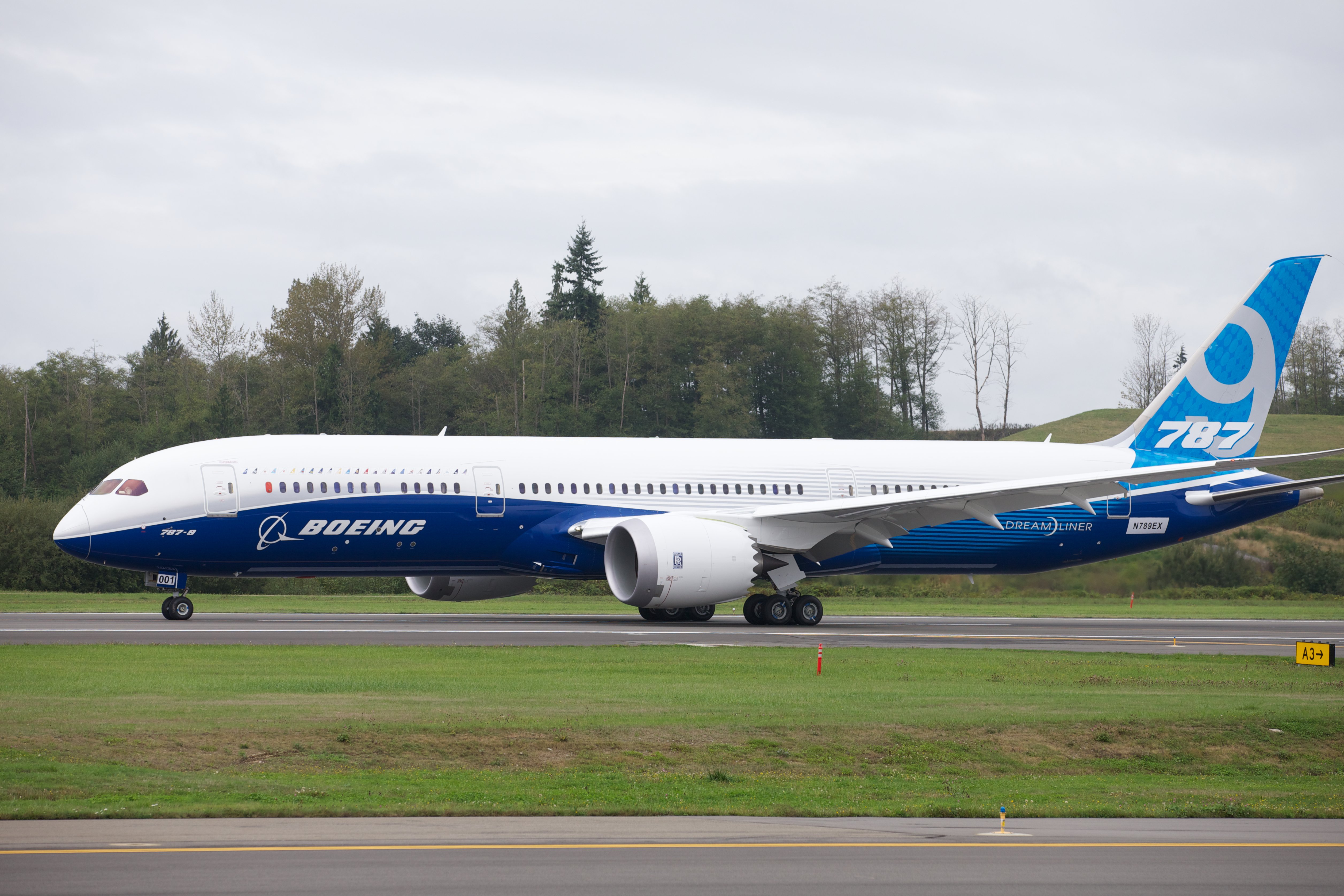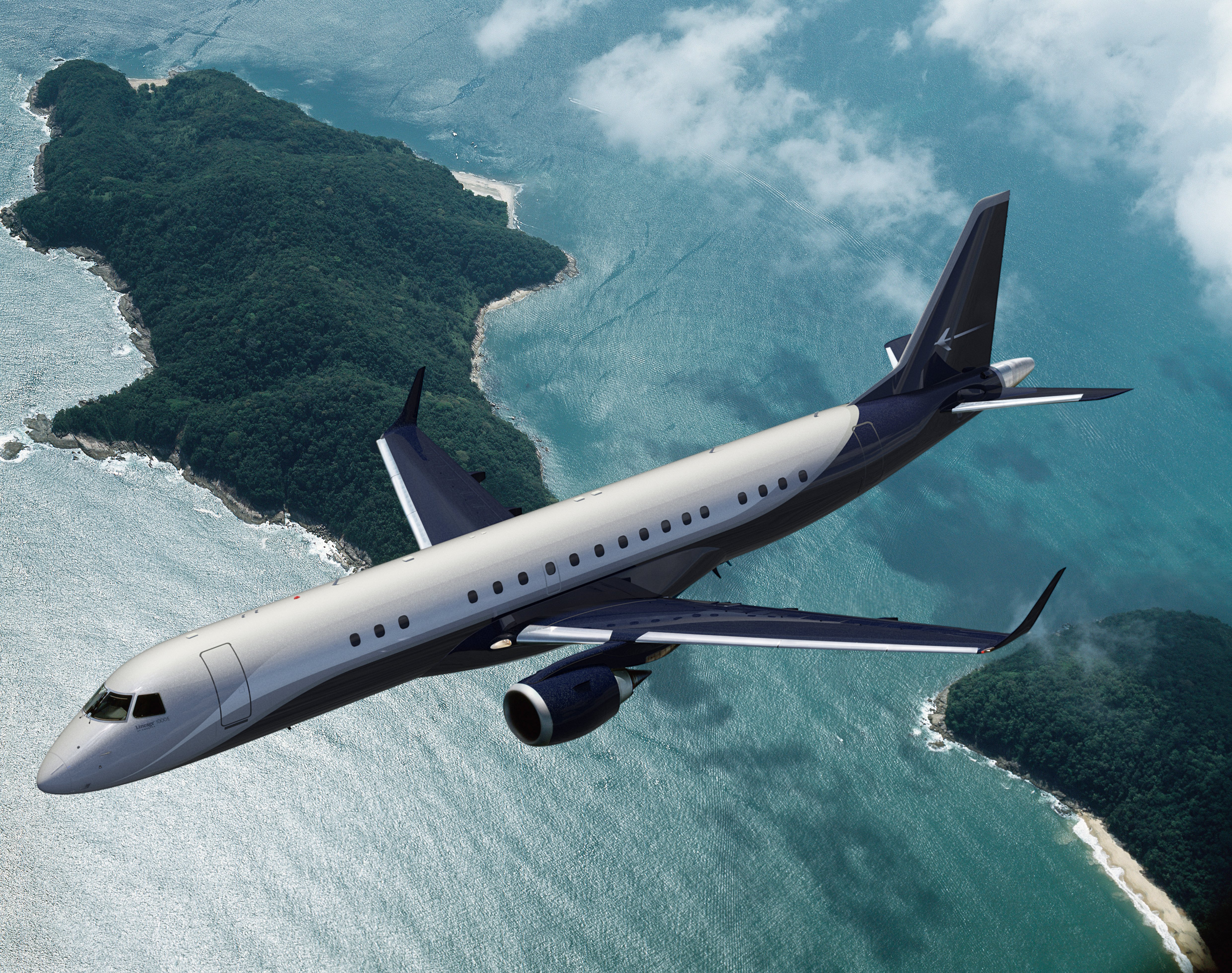History and Evolution of Passenger Planes

The journey of passenger planes from their humble beginnings to the sophisticated aircraft we see today is a fascinating tale of innovation, engineering marvels, and the relentless pursuit of efficiency and comfort. This evolution has been marked by key milestones and technological advancements that have redefined air travel and shaped the world as we know it.
Early Days of Aviation
The first passenger planes emerged in the early 20th century, building upon the pioneering work of the Wright brothers. These early aircraft were rudimentary, often resembling modified biplanes with limited passenger capacity and short flight ranges. They were primarily used for short-distance flights and were often considered more of a novelty than a practical mode of transportation.
The Rise of Commercial Aviation
The 1920s and 1930s witnessed the rise of commercial aviation. Airlines began to emerge, and passenger planes became more sophisticated, incorporating features like enclosed cabins, improved engines, and rudimentary navigation systems.
Key Milestones and Innovations
- The Ford Trimotor (1926): This iconic aircraft, known as the “Tin Goose,” was one of the first successful commercial passenger planes. It featured a robust metal fuselage, three engines, and could carry up to 14 passengers. It played a crucial role in establishing commercial air routes across the United States.
- The Douglas DC-3 (1935): This twin-engine aircraft, known as the “Dakota,” revolutionized air travel. It was highly reliable, had a larger passenger capacity, and could fly longer distances. It became the workhorse of airlines during World War II and continued to be used for decades after the war.
- The De Havilland Comet (1952): This jet-powered aircraft was the first commercial jetliner. Its introduction marked a significant leap in speed and efficiency, revolutionizing air travel and making transatlantic flights more accessible. However, it was plagued by structural failures, leading to its grounding and subsequent redesign.
- The Boeing 707 (1958): This iconic jetliner, a direct competitor to the Comet, was a major success. It featured a swept-wing design, powerful jet engines, and a spacious cabin. The Boeing 707 became the standard for long-haul air travel and paved the way for the development of subsequent Boeing aircraft.
The Jet Age and Beyond, Passenger plane
The introduction of jet engines in the 1950s ushered in the Jet Age, a period of rapid innovation and growth in commercial aviation. Jetliners offered significantly faster flight times and greater passenger capacity, making air travel more affordable and accessible to a wider audience.
Design and Technology Advancements
- Engine Types: The transition from piston engines to jet engines revolutionized passenger plane design. Jet engines provided significantly more power and efficiency, allowing for faster speeds and longer flight ranges. Modern passenger planes utilize high-bypass turbofan engines, which are even more fuel-efficient and quieter than earlier jet engines.
- Materials: Early passenger planes were primarily constructed from wood and fabric, but advancements in materials led to the use of aluminum and other lightweight metals. Modern aircraft utilize advanced composite materials, such as carbon fiber, which are lighter, stronger, and more resistant to corrosion.
- Cabin Configurations: Cabin configurations have evolved to enhance passenger comfort and convenience. Modern aircraft feature spacious cabins with comfortable seats, entertainment systems, and improved air circulation. The introduction of pressurized cabins allowed for higher flight altitudes, further increasing speed and efficiency.
A Timeline of Significant Advancements
| Year | Aircraft | Key Features |
|---|---|---|
| 1903 | Wright Flyer | First successful heavier-than-air flight |
| 1926 | Ford Trimotor | First successful commercial passenger plane, all-metal fuselage, three engines |
| 1935 | Douglas DC-3 | Highly reliable, larger passenger capacity, longer flight ranges |
| 1952 | De Havilland Comet | First commercial jetliner, jet-powered, but suffered from structural failures |
| 1958 | Boeing 707 | Successful jetliner, swept-wing design, powerful jet engines, spacious cabin |
| 1969 | Boeing 747 | Wide-body jetliner, introduced jumbo jets, revolutionized long-haul travel |
| 1970s | Development of fuel-efficient turbofan engines | |
| 1980s | Introduction of composite materials for aircraft construction | |
| 1990s | Advancements in avionics and navigation systems, introduction of fly-by-wire technology | |
| 2000s | Focus on fuel efficiency and environmental sustainability, development of new aircraft designs |
Passenger Plane Design and Technology

Passenger planes are complex machines that require a sophisticated design and a variety of advanced technologies to operate safely and efficiently. From the sleek fuselage to the powerful engines, each component plays a vital role in the aircraft’s performance.
Components of a Passenger Plane
Understanding the different components of a passenger plane is essential for appreciating the complexity of their design and how they work together to achieve flight.
- Fuselage: The fuselage is the main body of the aircraft, housing the passenger cabin, cargo hold, and other essential systems. It is typically constructed from lightweight yet strong materials like aluminum or composites, and its aerodynamic shape minimizes drag during flight.
- Wings: Wings are the primary lifting surfaces of an aircraft. Their design and shape are crucial for generating lift and providing stability during flight. Wings are typically made of aluminum or composite materials and have a specific airfoil shape that allows them to generate lift when air flows over them.
- Engines: Engines are the power source of the aircraft, providing the thrust needed for takeoff, climb, and cruise. Modern passenger planes typically use jet engines, which operate by taking in air, compressing it, burning fuel, and expelling hot exhaust gases to generate thrust.
- Landing Gear: Landing gear is a retractable system of wheels and struts that allow the aircraft to take off and land safely. The landing gear is designed to absorb the shock of landing and provide stability during taxiing on the ground.
- Cockpit: The cockpit is the control center of the aircraft, where the pilots monitor and control the plane’s systems. It houses instruments, controls, and communication systems that allow pilots to navigate, communicate, and operate the aircraft safely.
Advanced Technologies in Passenger Plane Design
The aviation industry is constantly innovating, introducing new technologies to enhance passenger plane design and performance.
- Composite Materials: Composite materials, such as carbon fiber reinforced plastic, are increasingly being used in aircraft construction due to their lightweight, high strength, and corrosion resistance. These materials allow for lighter aircraft, which translates to improved fuel efficiency and reduced emissions.
- Fuel-Efficient Engines: Modern jet engines are designed with advanced technologies, such as high-bypass turbofan engines, that improve fuel efficiency. These engines use a larger fan to move a greater volume of air, resulting in lower fuel consumption and reduced noise levels.
- Advanced Avionics Systems: Avionics systems, which include navigation, communication, and flight control systems, are becoming increasingly sophisticated. Modern passenger planes are equipped with advanced avionics that provide pilots with more information and automation, enhancing safety and efficiency.
Diagram of a Modern Passenger Plane
[Here you should provide a detailed description of a diagram depicting a modern passenger plane. Label each component with a brief description. For example:
Diagram of a Modern Passenger Plane:
Fuselage: The main body of the aircraft, housing the passenger cabin, cargo hold, and other essential systems.
Wings: The primary lifting surfaces of the aircraft, designed to generate lift and provide stability during flight.
Engines: The power source of the aircraft, providing the thrust needed for takeoff, climb, and cruise.
Landing Gear: A retractable system of wheels and struts that allow the aircraft to take off and land safely.
Cockpit: The control center of the aircraft, where the pilots monitor and control the plane’s systems.
Tail: The rear section of the aircraft, providing stability and control during flight.
Rudder: A vertical control surface at the tail that helps steer the aircraft.
Elevators: Horizontal control surfaces at the tail that control the aircraft’s pitch.
Ailerons: Control surfaces on the wings that control the aircraft’s roll.
Flaps: Control surfaces on the wings that increase lift during takeoff and landing.
Spoilers: Control surfaces on the wings that reduce lift and help slow the aircraft down.
Navigation Lights: Lights that help other aircraft and ground personnel identify the aircraft’s position and direction.
Anti-Ice System: A system that prevents ice from forming on the aircraft’s wings and other surfaces.
Pressurization System: A system that maintains cabin pressure at a safe level for passengers and crew.
Air Conditioning System: A system that provides fresh air and temperature control for passengers and crew.
Entertainment System: A system that provides entertainment options for passengers.
Emergency Exit Doors: Doors that allow passengers to evacuate the aircraft in case of an emergency.
Cargo Hold: A compartment for storing cargo and luggage.
Fuel Tanks: Tanks that store the aircraft’s fuel.
Hydraulic System: A system that provides power for various aircraft systems, such as landing gear, flaps, and brakes.
Electrical System: A system that provides power for various aircraft systems, such as lights, instruments, and communication equipment.
Communication System: A system that allows pilots to communicate with air traffic control and other aircraft.
Flight Control System: A system that controls the aircraft’s flight path.
Autopilot System: A system that allows the aircraft to fly itself automatically.
Weather Radar: A system that detects weather conditions ahead of the aircraft.
Ground Proximity Warning System (GPWS): A system that warns pilots of potential ground collisions.
Traffic Collision Avoidance System (TCAS): A system that helps pilots avoid collisions with other aircraft.
Flight Data Recorder (FDR): A device that records flight data, such as altitude, speed, and engine performance.
Cockpit Voice Recorder (CVR): A device that records conversations in the cockpit.
]
The safety of passenger planes is a crucial concern, especially in light of recent events. While air travel remains a popular mode of transportation, the public’s attention was recently drawn to the cbs vice presidential debate , where candidates discussed their stances on national security and the importance of robust safety protocols.
This focus on security underscores the need for continued vigilance and investment in passenger plane safety measures.
The roar of a passenger plane taking off can be a powerful symbol of human progress, but it’s a reminder that even as we soar through the skies, we’re grounded by the political landscape below. The question of who’s winning in the presidential debate whos winning in the presidential debate will likely shape the future of air travel, influencing everything from safety regulations to airport security measures.
